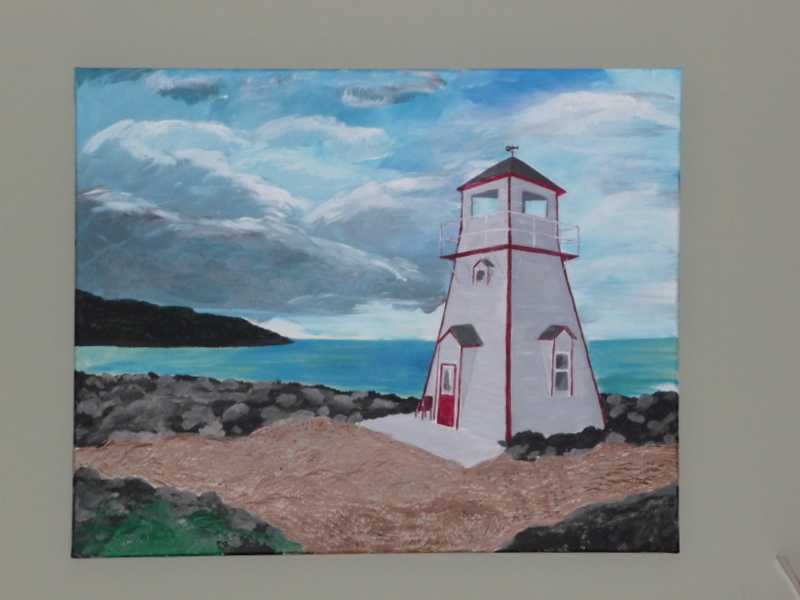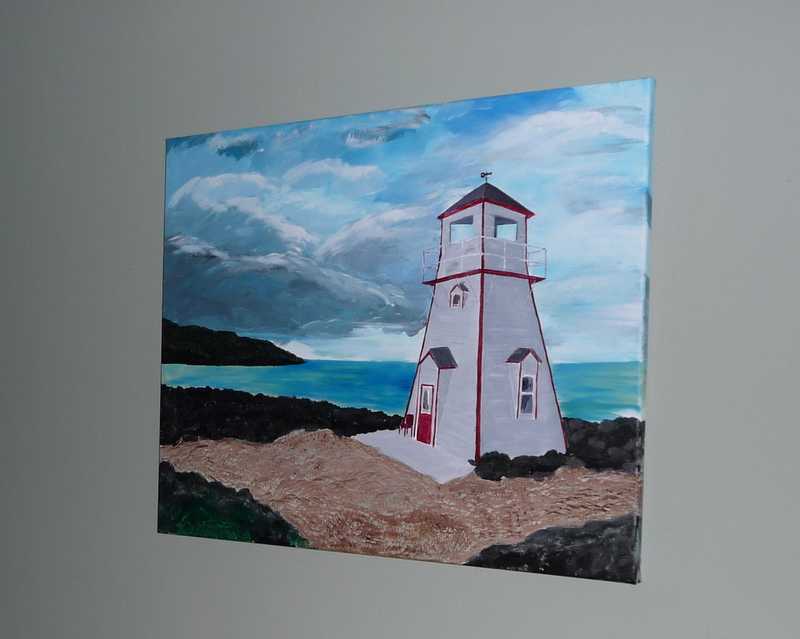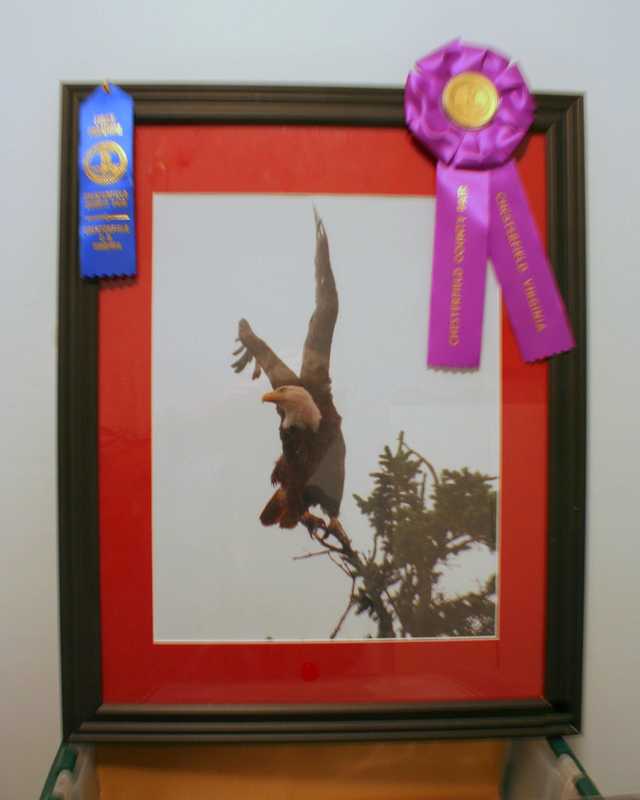- Forum
- General Discussion | Introductions | Off Topic Forum
- Photography General Discussion
- How to photograph paintings and glass-covered artwork?
How to photograph paintings and glass-covered artwork?
Post #28660
Any ideas or tips for photographing this works of art?
-

- Baydream
- Moderator
-
- Canoni/60D/70D/5DmkIII
- Followers: 388
- Posts: 11185
-
Points:
7280
Post #28662
You will have to shoot straight on since being off center a bit will distort the image.
Even with all your efforts you may have to adjust the color a bit.
Shoot, learn and share. It will make you a better photographer.
fineartamerica.com/profiles/john-g-schickler.html?tab=artwork
-

- Baydream
- Moderator
-
- Canoni/60D/70D/5DmkIII
- Followers: 388
- Posts: 11185
-
Points:
7280
Post #28667
If you have a covered porch out of direct sunlight, that might provide enough light.85Kocher wrote: Thanks. It be harder then I thought, especially without using flash. I guess that is where the tripod comes in handy.
Shoot, learn and share. It will make you a better photographer.
fineartamerica.com/profiles/john-g-schickler.html?tab=artwork
-
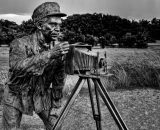
- McBeth Photography
- Photo Guru
-
- Sinar Norma 4x5
- Followers: 365
- Posts: 3870
-
Points:
1295
Post #28741
It is what it is.
-
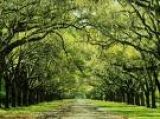
- michelle m
- Newbie
-
- Nikon D90
- Followers: 10
- Posts: 6
-
Points:
0
Post #28832
Hope that helps.
-

- Baydream
- Moderator
-
- Canoni/60D/70D/5DmkIII
- Followers: 388
- Posts: 11185
-
Points:
7280
Post #28898
Shoot, learn and share. It will make you a better photographer.
fineartamerica.com/profiles/john-g-schickler.html?tab=artwork
-

- Baydream
- Moderator
-
- Canoni/60D/70D/5DmkIII
- Followers: 388
- Posts: 11185
-
Points:
7280
Post #28902
Watch out for your own reflection in the photo.
Shoot, learn and share. It will make you a better photographer.
fineartamerica.com/profiles/john-g-schickler.html?tab=artwork
-
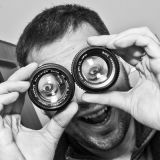
- Yasko
- Photography Hooked
-
- Canon 5D, Canon 30D, Olympus tough P&S
- Followers: 47
- Posts: 805
-
Points:
30
Post #28910
Paintings without glass are much easier. You can shoot those just fine on an overcast day, or in the shade of a house.
Baydream is right, it's very easy to get a skewed perspective of the painting. Make sure you're lined up as evenly as possible, and use around f8.0 for maximum sharpness and good depth of field.
Post #29008
Baydream wrote:
If you have a covered porch out of direct sunlight, that might provide enough light.85Kocher wrote: Thanks. It be harder then I thought, especially without using flash. I guess that is where the tripod comes in handy.
Actually, I do. I think that would be my best bet. I'll just have to watch out for reflections.
Post #29009
michelle m wrote: I'm not a total expert or anything, but I have learned that anytime you want to photograph anything under or through glass, you need to do so from an angle. Light follows straight lines and if you're directly in front of the glass you'll get the flash back in your photo. Think of a pool ball banking off the side of the pool table. If you're at a slight angle the light will bounce away from you and you won't get the glare.
Hope that helps.
Well, yes, but that's only if I plan on using a flash. Which I hope not too. Like it was mention, in an early post, it's better to shoot the art straight on, not at an angle and without flash.
Post #29012
Yasko wrote: I've photographed a few paintings under glass before. The trick is to have two diffused lightsources from either side (never frontal, and windows with natural light work well), and your camera mounted on a tripod with a large black backdrop behind it. Cameras and tripods are usually black, but just in case drape a black cloth over the setup as well. Shoot the painting straight on, preferably with a light to medium telephoto or macro lens to minimize distortion. Use the timer or cabled release to stay away from the tripod so yourself doesn't show as a reflection on the glass.
Paintings without glass are much easier. You can shoot those just fine on an overcast day, or in the shade of a house.
Baydream is right, it's very easy to get a skewed perspective of the painting. Make sure you're lined up as evenly as possible, and use around f8.0 for maximum sharpness and good depth of field.
Thanks, Yasko. Damn, more work involved then a simple taking a picture. Although, I am sure when it's all said and done it's well worth it. Like photography itself.
- Forum
- General Discussion | Introductions | Off Topic Forum
- Photography General Discussion
- How to photograph paintings and glass-covered artwork?
Latest Reviews
The Fujifilm XT5 is a 40MP mirrorless camera capable of 6.2K video at 30p. With those specs, it’s an ideal choice for photographers needing a camera to pull double duty for imaging and video.
The Canon EOS R100 is an entry-level mirrorless camera introduced in 2023. But just because it’s an entry-level camera doesn’t mean it’s a bare-bones camera. Find out why in this review!
Nikon’s retro-looking Nikon Zfc is anything but retro. Under its classic body is a host of features and amenities that make it a worthwhile compact mirrorless camera for 2024.
The Canon EOS R50 is one of the newest R-system cameras from Canon. Is it worth your money? Find out all the details you need to know in this comprehensive review.
Forum Top Posters
-
1TCav 10 posts
-
2CharleyL 6 posts
-
3Sawyer 5 posts
-
4Jason Stevens 3 posts
-
5db3348 3 posts
-
6Scotty 3 posts
-
7Tristan R 3 posts
-
8Hassner 3 posts
-
9AstralArti... 3 posts
-
10Randy Shaw 3 posts
Latest Articles
The Nikon D850 might be an older DSLR, but it was ahead of its time when it debuted in 2017. That means it still has plenty of firepower to compete with today’s powerful mirrorless cameras.
The best beginner camera isn’t the same for everyone. That means having choice is of the utmost importance. In this guide, explore five excellent beginner camera options for 2024 and beyond.
Child portrait photography is a unique undertaking requiring special skills and talents to get the best results. Start mastering this photography niche with these essential tips!
The Fujifilm XT5 is a 40MP mirrorless camera capable of 6.2K video at 30p. With those specs, it’s an ideal choice for photographers needing a camera to pull double duty for imaging and video.
Using leading lines in photography helps improve the composition by drawing viewers in and leading their eye from the foreground to the background. Explore some fine examples of this in this guide!
The Insta360 has one of the best lineups of action cams and 360-degree cameras. With these Insta360 accessories, you can elevate your photography and videography game!
Creating impactful photos of landscapes depends on many factors, not the least of which is your talent behind the lens. This guide explores other elements required for the best product.
The Canon EOS R100 is an entry-level mirrorless camera introduced in 2023. But just because it’s an entry-level camera doesn’t mean it’s a bare-bones camera. Find out why in this review!








